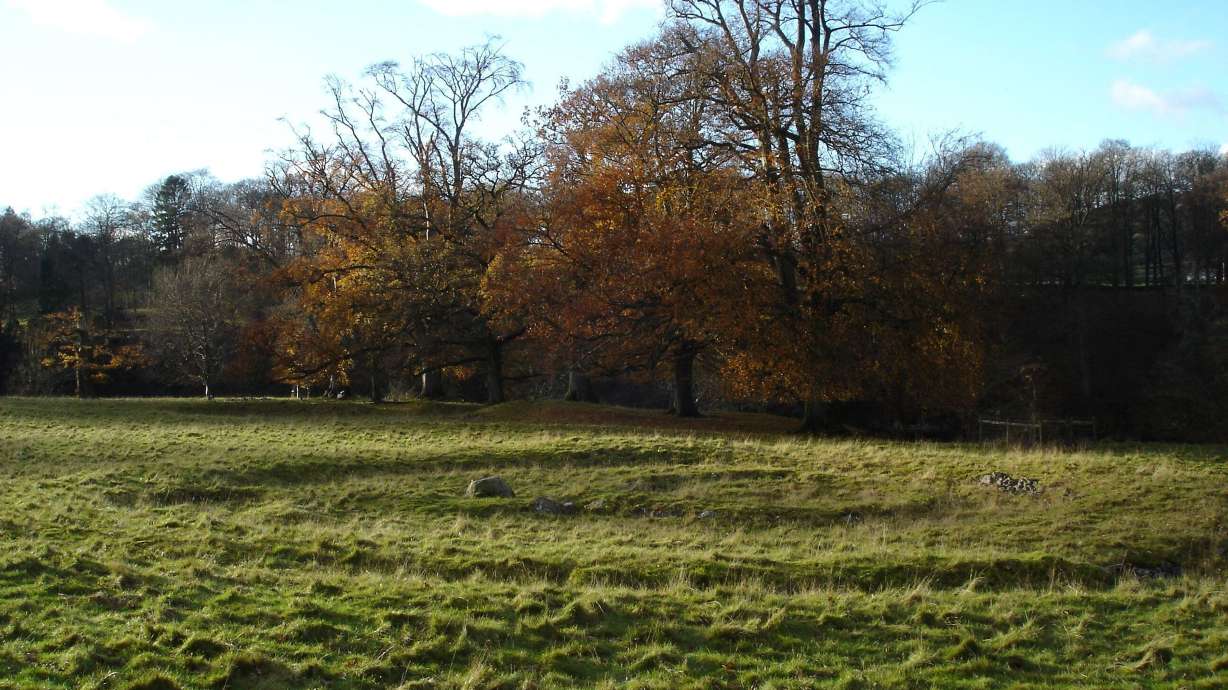Estimated read time: 3-4 minutes
This archived news story is available only for your personal, non-commercial use. Information in the story may be outdated or superseded by additional information. Reading or replaying the story in its archived form does not constitute a republication of the story.
LONDON — A team of researchers excavating mass burial sites in England has detected the DNA of the bacteria that caused the plague in human skeletal remains — and they are the oldest known cases of the disease in Great Britain.
The cases of Yersinia pestis date back 4,000 years, according to the paper published May 30 in the journal Nature Communications.
The bacterial DNA is thousands of years more ancient than the oldest strain uncovered prior to this latest finding. That strain, identified in 2018 at a burial site known as Edix Hill in Cambridgeshire, was from 1,500 years ago, according to lead study author Pooja Swali, a doctoral student in the Skoglund Laboratory at the Francis Crick Institute in London.
The samples of the plague-causing bacteria were found at two different mass burial sites: one in southwest England in the county of Somerset and the other in the northwestern county of Cumbria, near the border of England and Scotland.
The distance between the sites suggested the disease was widespread during the late Neolithic period and the Bronze Age, Swali said.
"The evidence of widespread transmission across such a vast spatial area in just a few centuries is very interesting and seems to be one aspect of the rapid movement of people, technologies and ideas during this period," said Dr. Benjamin Roberts, an associate professor of archaeology who researches later European prehistory at Durham University in the United Kingdom. He was not involved in the study.
How do researchers locate 4,000-year-old bacteria? The team took samples from the skeletal remains of 34 individuals across the two sites, according to the study.
Researchers drilled into the teeth of these ancient people and extracted dental pulp, which can trap remnants of the DNA of infectious diseases.
"The ability to detect ancient pathogens from degraded samples, from thousands of years ago, is incredible," Swali said. "These genomes can inform us of the spread and evolutionary changes of pathogens in the past, and hopefully help us understand which genes may be important in the spread of infectious diseases."
What we learn about transmission
Using genetic analysis, researchers determined that there were two distinct periods when the plague appeared in Britain. The disease emerged before or around 4,000 years ago and again about 1,500 years ago, said Dr. Lee Mordechai, a senior lecturer of history at the Hebrew University of Jerusalem, who was not involved in the study.
When it comes to the disease, there is a lot that scientists still don't know — including how it spread, Swali said.
The strain of Yersinia pestis found at the burial sites did not contain the gene that would enable it to spread through fleas, a trait possessed by the strain causing the pandemic known as the Black Death that later ravaged medieval Europe in the 14th century, she added.
Science may never truly know the severity of the plague 4,000 years ago when it came to humans, Roberts said.
Researchers can't tell whether the disease caused by the bacteria would have been mild or fatal, he added. The individuals in the Somerset site appeared to have died from trauma — not disease, according to the research.
"The temptation is always to theorize an apocalyptic Medieval Black Death scenario, but we simply can't justify that with the evidence we have," Roberts said in an email.
Ancient DNA in modern times
The research does present lessons for today.
The findings demonstrate the importance of scholars working together across disciplines, as archaeologists and paleogeneticists did in this work, Mordechai said.
The report also shows that large-scale disease transmission dates back to prehistoric times, he added.
"More recent pandemics such as COVID, AIDS or the Spanish Flu are recent cases of a recurring phenomenon," Mordechai said in an email.
And while there are historical records of plague outbreaks, ancient DNA could potentially give us a look even further back, Swali said.
"Future research will do more to understand how our genomes responded to such diseases in the past, and the evolutionary arms race with the pathogens themselves, which can help us to understand the impact of diseases in the present or in the future," she said in a statement.








